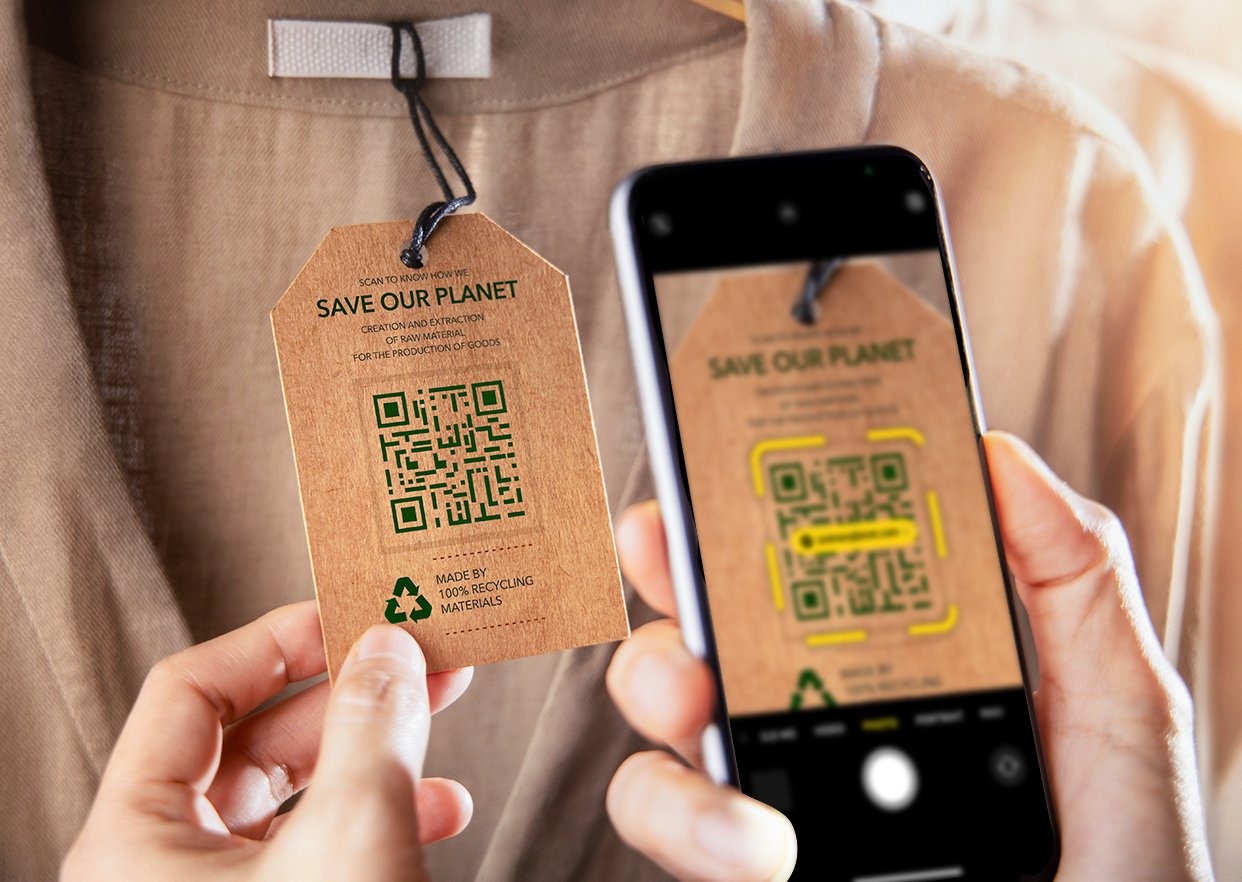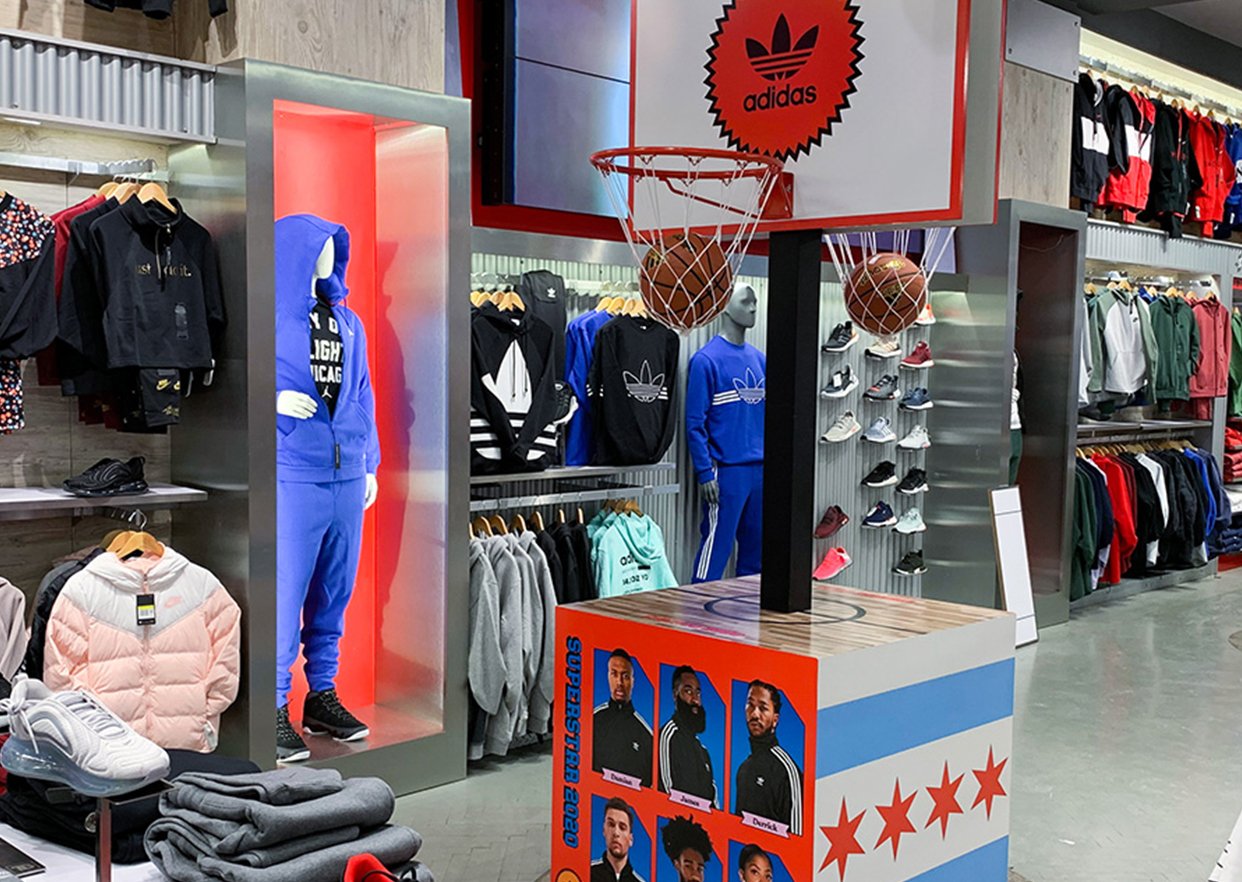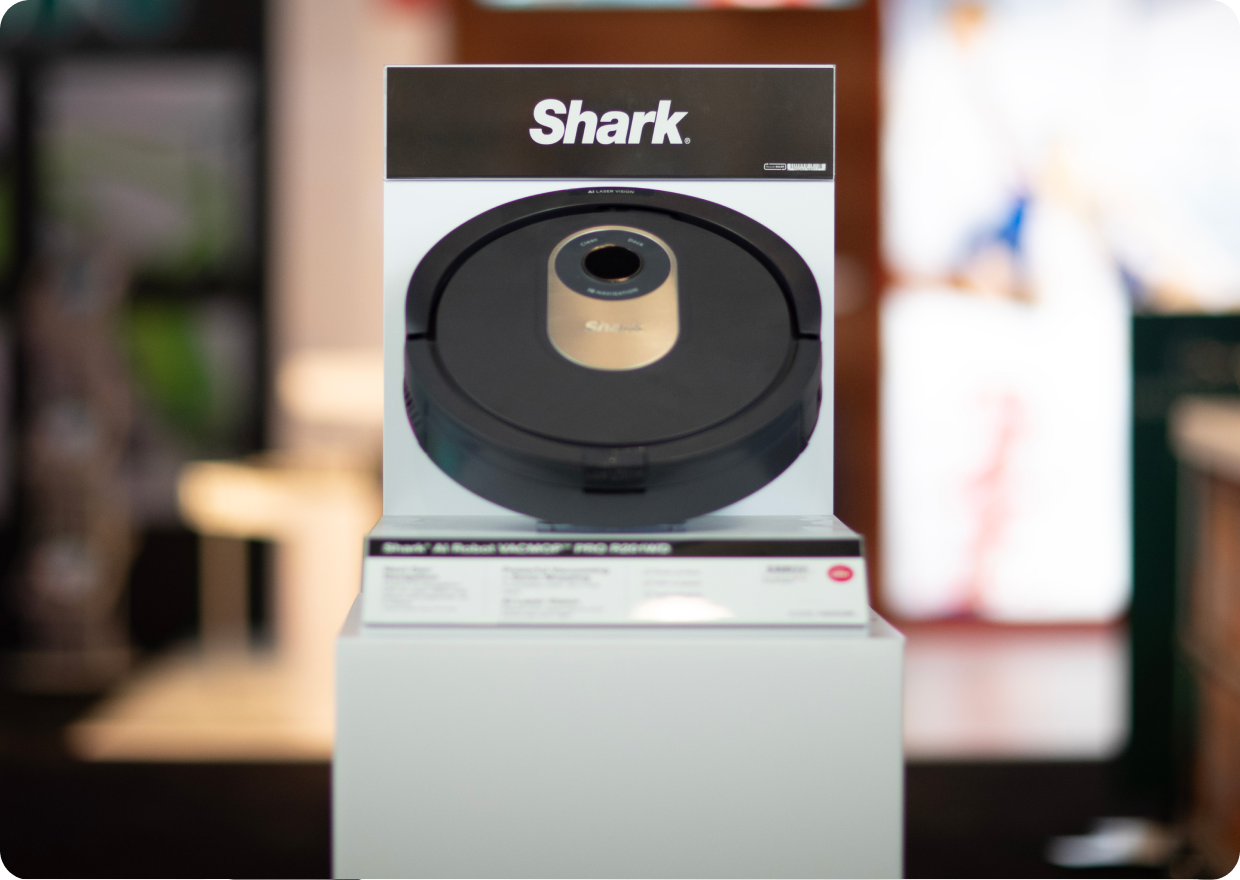Market research analysts at The Economist Group foresee a steady retail market in 2024 with volumes projected to grow by 6.7% in dollar value and 2% in volume. A slowdown in inflation rates is expected to be offset by reduced consumer savings and high food prices.
Looking past these raw numbers, several trends are capturing the attention of retailers nationwide. This blog will explore three key retail trends for 2024 and the nine statistics that every retail executive needs to know about them.
Trend #1: Recommerce and Shopping Behaviors
Recommerce – short for “reverse commerce” – brings together the three Rs of sustainable consumption:
- Reduce
- Reuse
- Recycle
Consumers engage with customer-to-customer (C2C) marketplaces to resell or redistribute items they no longer want. These items go on to have second (or even third and fourth) lives with someone else, helping to curb carbon emissions and minimize the sheer volume of materials that end up in landfills.
Recommerce is most often associated with thrift stores selling secondhand clothing. However, the recommerce subcategory of the retail industry is rapidly diversifying as Millennials and Gen Z consumers seek to shrink their environmental footprint. Here are three statistics retail executives should know about recommerce.
The recommerce market is expected to reach $278 billion by 2028.
(Source: OfferUp Recommerce Report 2023)
85% of shoppers bought and/or sold secondhand items in the past year.
(Source: OfferUp Recommerce Report 2023)
77% of recommerce happens in categories outside of apparel.
(Source: OfferUp Recommerce Report 2023)

Trend #2: Artificial Intelligence (AI)
Artificial intelligence was one of the biggest newsmakers of 2023. Everyone from Hollywood screenwriters to lawmakers in Washington, D.C., had something to say about AI. The conversations will only grow louder as AI becomes more pervasive and powerful.
In the retail industry circa 2024, AI is largely being applied in back offices to increase business efficiency and eliminate marketing waste. While a wait-and-see attitude still exists in some camps, there is no denying that AI is a paradigm-shifting technology that will revolutionize retail in countless ways. Here are three AI-related statistics for retail executives to consider in the year ahead.
The global AI market is expected to reach $190.6 billion by 2025.
(Source: Markets and Markets)
In 2024, it is projected that AI will revolutionize the industry by helping:
- Target customers effectively
- Optimize pricing, forecasting and marketing
- Assist with creating efficient business operations
- Enable hyper-personalization
((Source: 2025 NRF Europe Innovators Report)
84% of C-level executives believe they must adopt artificial intelligence in order to achieve growth objectives.
(Source: Accenture – The Art of AI Maturity)
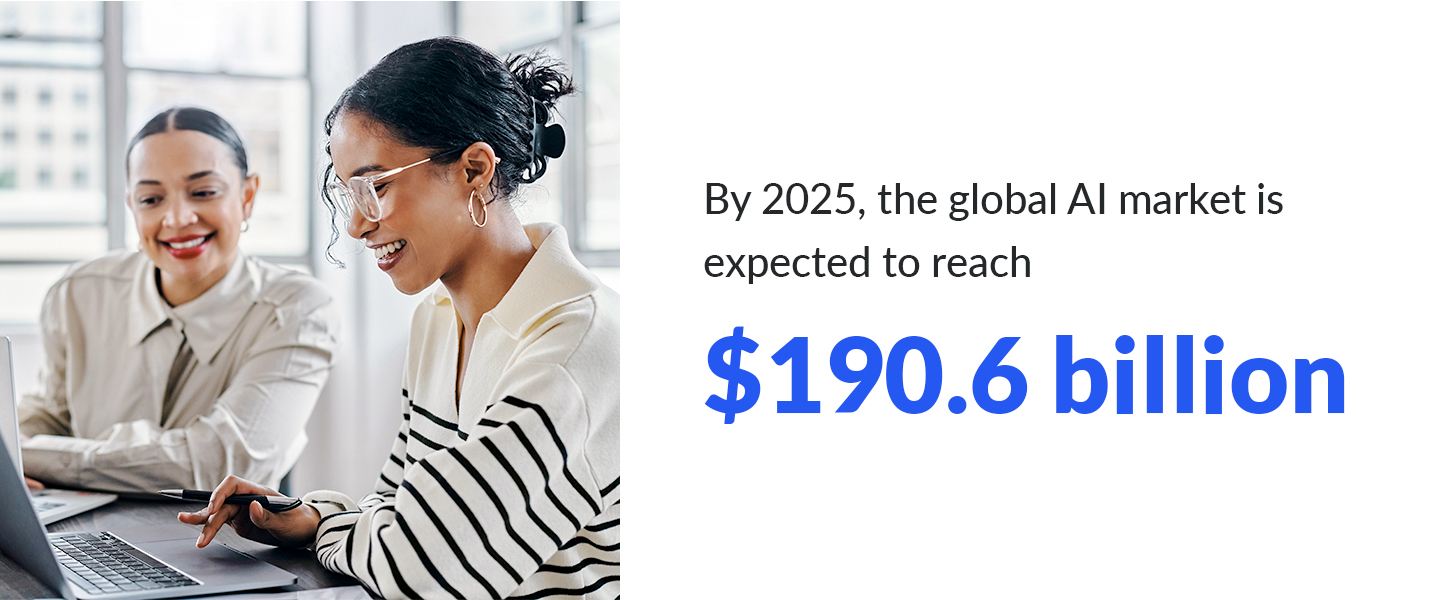
Trend #3: Purchase Returns
The steady growth of ecommerce – recently measured at more than 15% of total U.S. retail sales – continues to reshape the retail landscape. It’s also reshaping how purchase returns are being done.
Walmart made headlines in 2022 when they implemented Return Pickup From Home, a service that gives customers the option of having returns picked up from their doorstep. However, certain consumer behaviors related to returns are proving to be troublesome.
- The practice of “bracketing,” where the shopper buys multiple sizes and colors expecting to return most of them, is enormously expensive to the merchant.
- “Returnless refunds” are offered by many retailers, allowing the customer to keep the merchandise while also providing a refund of the purchase price. Unfortunately, this policy is being abused by “serial returners” who purchase products with the intention of keeping them for free.
- One bad behavior was actually fostered by retailers themselves as a business model. The practice of shipping multiple items to a customer based on their profile history is falling out of fashion as retailers conclude the inevitable returns are too costly to support.
Watch for more retailers to implement policies that seek to curb excessive returns by consumers. Here are three statistics that quantify the issue for retail executives.
16.5% of U.S. purchases result in returns.
(Source: Practical Ecommerce)
60% of retailers are changing their return policies to offset the cost of processing ecommerce returns – and many will begin charging fees.
(Source: goTRG Holiday Report)
73% of retailers ranked returns as a “moderate-to-severe issue for their business.”
(Source: goTRG Holiday Report)
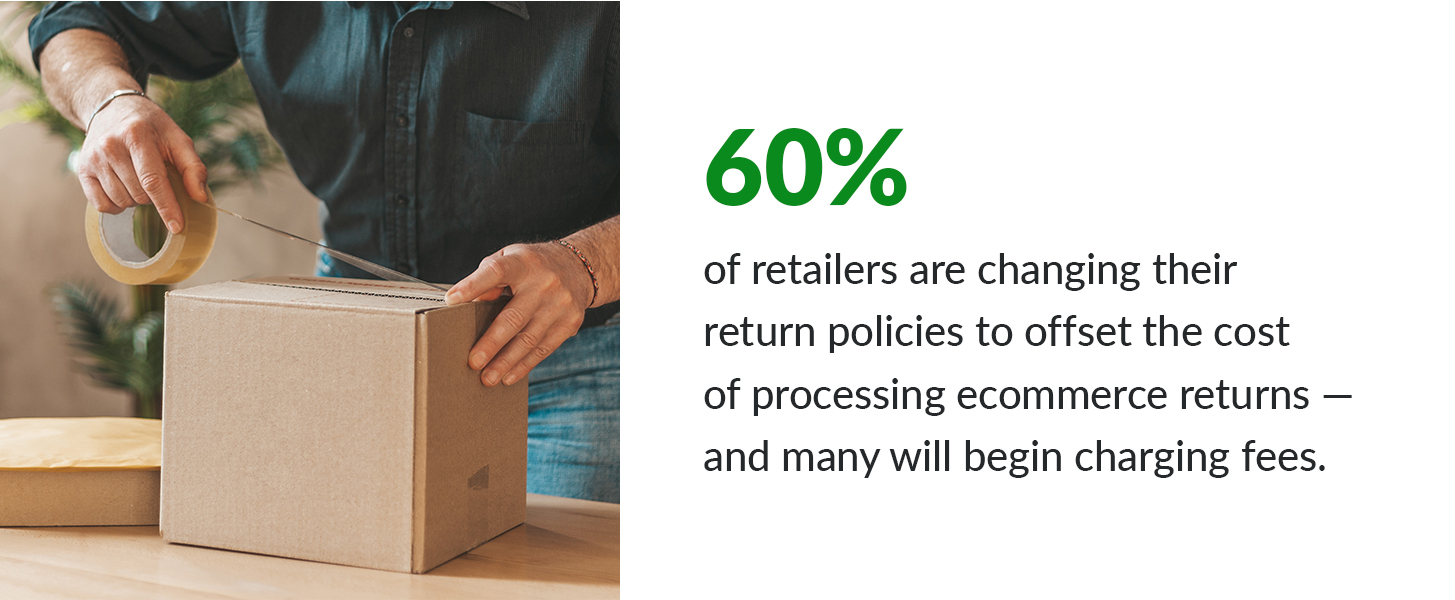 A Single-Source Partner to the Retail Industry
A Single-Source Partner to the Retail Industry
One of the most diverse graphic communications companies in North America, Taylor is a key partner to both consumer packaged goods companies and retailers alike.
All of the following products and services can be sourced from Taylor through a single vendor relationship:
- Gift and loyalty programs that deepen customer relationships and build passion for your brand.
- Omnichannel marketing campaigns that span mail, email, display ads and social media.
- Packaging and labeling solutions that stand out on the shelf .
- Signs and graphics that create engaging retail experiences for many leading brands.
- Website marketing services that allow you to engage your customers online.
See for yourself all the ways Taylor is helping retailers increase sales and marketing ROI. Contact a Taylor representative to learn more.

